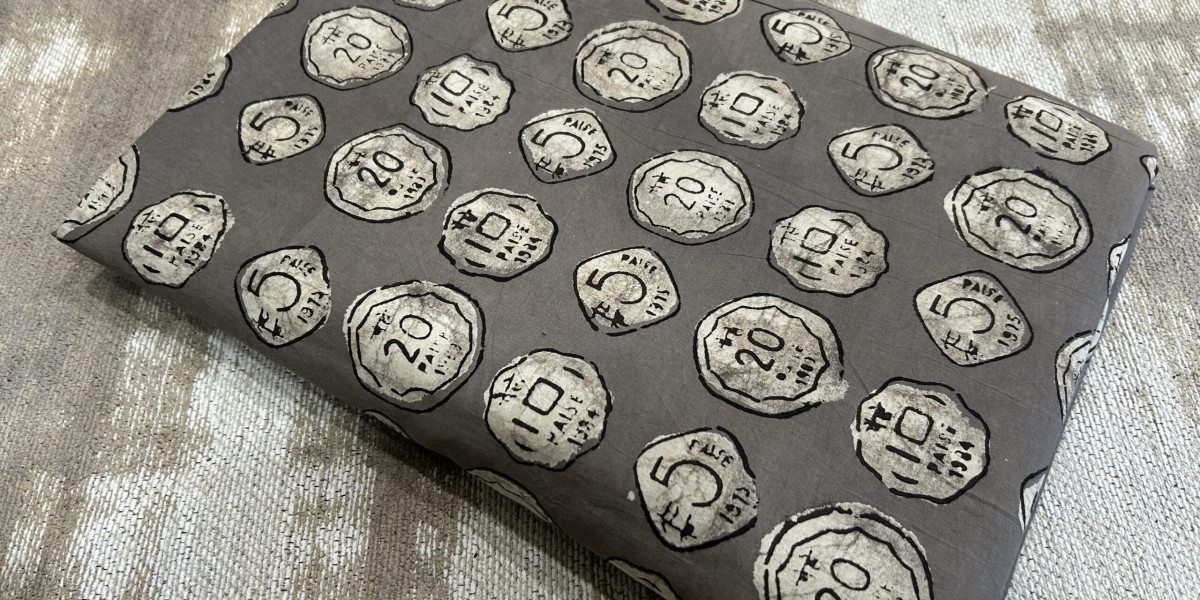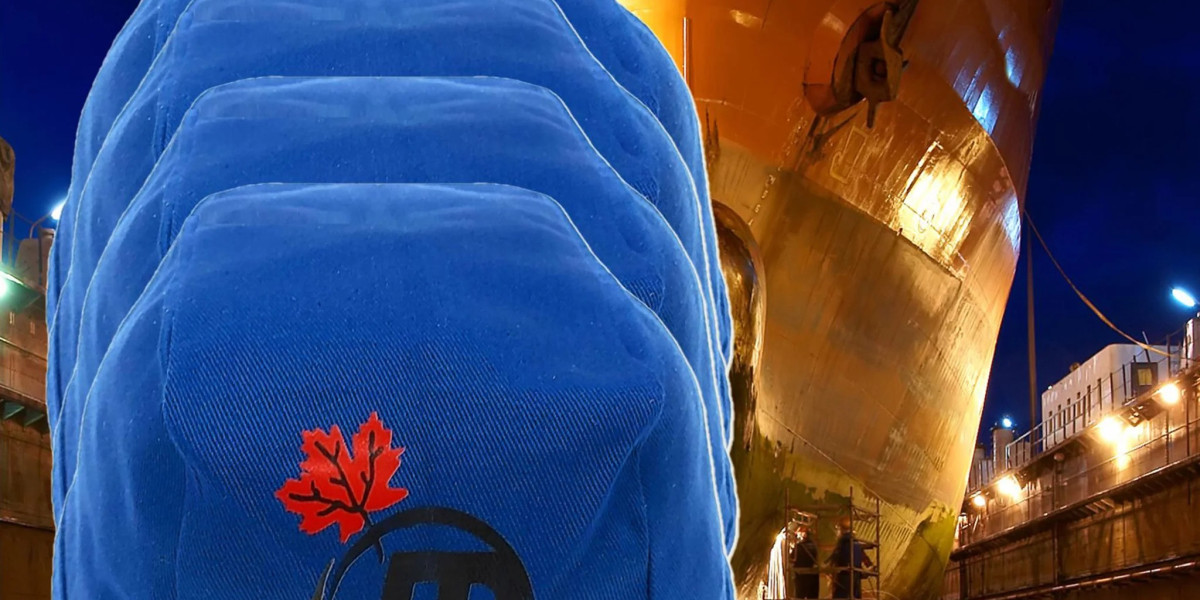Dabu Print Fabric: A Journey into Traditional Block Printing
Dabu print fabric represents a rich tradition of textile artistry that hails from Rajasthan, India. This unique fabric, known for its intricate designs and eco-friendly production process, has captivated fashion enthusiasts and designers around the world. In this article, we’ll explore the fascinating world of Dabu print fabric, examining its history, process, and modern applications.
The Heritage of Dabu Print Fabric
Dabu print fabric is a testament to the age-old art of block printing that originated in the town of Sanganer, Rajasthan. The term "Dabu" refers to the traditional method of printing using hand-carved wooden blocks and natural dyes. This technique, passed down through generations of artisans, is renowned for its ability to create striking patterns and textures that reflect the rich cultural heritage of India.
The process of making Dabu print fabric begins with the preparation of the fabric, typically cotton, which is washed and treated to ensure it holds the dye effectively. The artisans then create intricate designs on wooden blocks, which are dipped in a natural dye and pressed onto the fabric. The result is a beautiful, handcrafted textile that boasts both elegance and environmental sustainability.
The Craftsmanship Behind Dabu Print Fabric
Creating Dabu print fabric is a meticulous and skillful process. Here’s a closer look at how this traditional fabric is made:
Preparation of the Fabric: The process starts with selecting high-quality cotton fabric. This fabric is then pre-washed to remove any impurities and make it more receptive to dyeing.
Creating the Blocks: Skilled artisans carve intricate patterns into wooden blocks. These designs often feature geometric shapes, floral motifs, and traditional symbols that are characteristic of Dabu print.
Printing: The blocks are dipped into natural dyes made from plant-based sources such as indigo, turmeric, or pomegranate. The artisan then carefully stamps the blocks onto the fabric, creating the desired pattern. This step requires precision to ensure that the designs align correctly and the colors are vibrant.
Drying and Finishing: After printing, the fabric is dried in the sun to set the dye. This natural drying process helps preserve the colors and ensures they remain vivid. The fabric is then washed again to remove any excess dye and to enhance the softness of the material.
Final Touches: The finished fabric is inspected for quality and any final touches are applied. This might include additional treatments to improve the texture or appearance of the fabric.
Why Choose Dabu Print Fabric?
Dabu print fabric stands out for several reasons, making it a popular choice among designers and consumers alike:
Eco-Friendly: One of the most compelling reasons to choose Dabu print fabric is its eco-friendly nature. The use of natural dyes and traditional printing techniques reduces the environmental impact associated with synthetic dyes and industrial processes.
Unique Patterns: Each piece of Dabu print fabric is unique due to the handcrafted nature of the printing process. The intricate designs and patterns are not only beautiful but also reflect the artistic skills of the artisans.
Versatility: Dabu print fabric is incredibly versatile. It can be used to create a wide range of garments, from sarees and kurtis to dresses and home décor items. Its aesthetic appeal makes it suitable for both casual and formal wear.
Cultural Significance: By choosing Dabu print fabric, you are supporting traditional craftsmanship and contributing to the preservation of cultural heritage. This fabric embodies the artistry and history of Indian textile traditions.
Modern Uses of Dabu Print Fabric
Dabu print fabric is finding its way into contemporary fashion and design, bringing traditional artistry into modern contexts:
Fashion Apparel: Designers are incorporating Dabu print fabric into modern clothing lines, creating unique and stylish garments that celebrate traditional techniques while appealing to contemporary tastes.
Home Décor: Dabu print fabric is also used in home décor items such as cushions, curtains, and bed linens. Its rich patterns and textures add a touch of elegance and cultural depth to interior spaces.
Accessories: From handbags to scarves, Dabu print fabric is used to make a variety of accessories. These items often feature the intricate designs that make Dabu print so distinctive, offering a blend of tradition and style.
Conclusion
Dabu print fabric is a beautiful example of how traditional textile art can seamlessly blend with modern fashion and design. With its eco-friendly production process, unique patterns, and cultural significance, this fabric offers a timeless appeal that resonates with both artisans and consumers. By embracing Dabu print fabric, you are not only adding a touch of elegance to your wardrobe but also supporting the preservation of a rich and enduring craft.
Explore the world of Dabu print fabric and discover its unique charm at Tittibha. Experience the artistry and heritage of this traditional fabric and make it a part of your style today!








